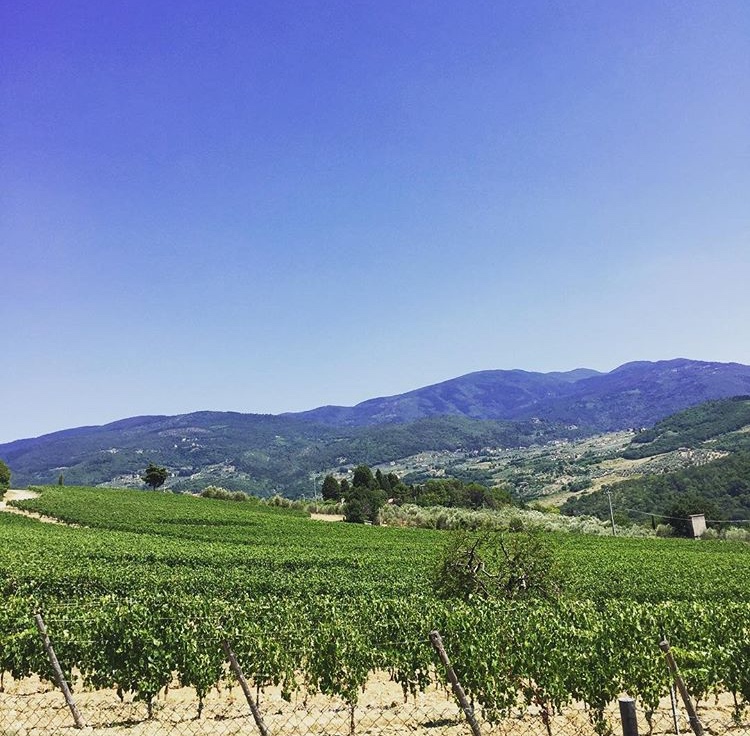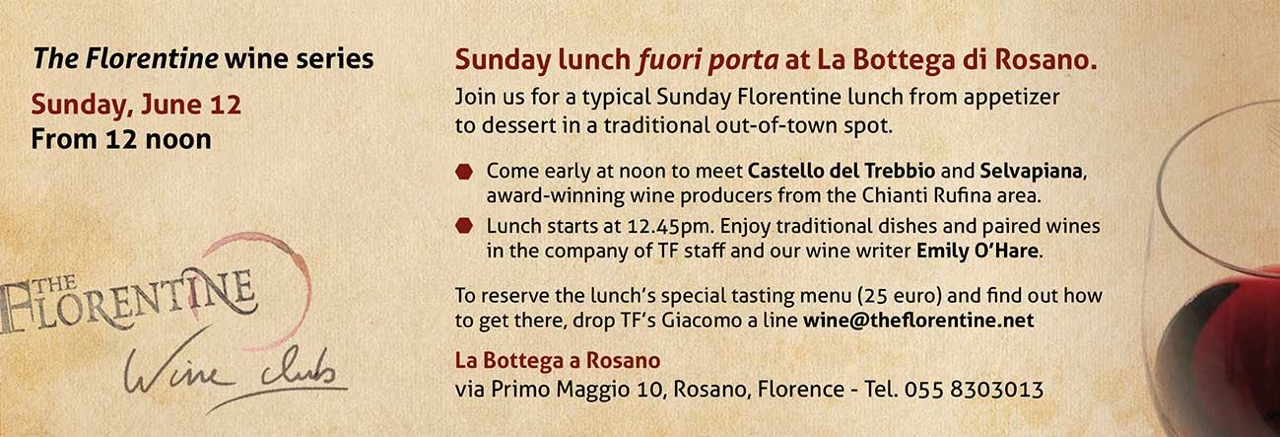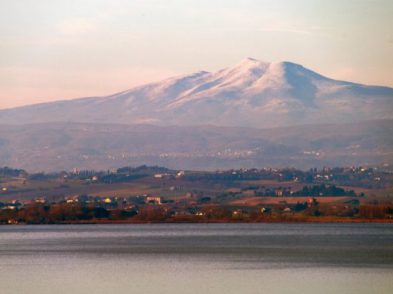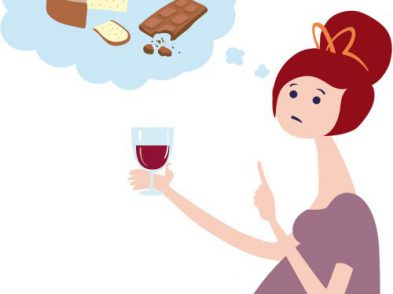Chianti Rufina is one of the smallest of the Chianti sub-zones, producing far less wine than Chianti Colli Senesi and Chianti Classico, so you’ll be (just about) forgiven for never hearing of it. But seeing “Rufina” after “Chianti” should be read as eagerly as one might dig around an X that marks the spot, for Chianti Rufina is hidden treasure.

Rufina is a Tuscan town 30 kilometres northeast of Florence. While it is not a town of extraordinary beauty, the grapes that grow on the hills in the soul-soothing surrounding countryside make some of Tuscany’s finest wines.
Some say that Rufina should drop its Chianti tag, since it could stand proudly as “Rufina” alone for the quality of its wines long before it became “Chianti Rufina” in 1932. Rufina’s red wines have long been highly regarded and noted as having great strength, concentration and structure. Wine critics today agree that the wines from this area can be counted amongst the most complete and satisfying wines of Tuscany.
Every wine writer, myself included, likes to bleat on about how the soil in which the vines grow affects the quality of the wine. In Rufina the ground is very similar to that of premium-quality Chianti Classico, a mix of Galestro and Albarese. But Chianti Rufina’s USP is actually its location, 400 metres above sea level on the lower slopes of the Apennines. During the day the vineyards are naturally tilted, vines inclined like sunbathers. At night the temperature drops dramatically as cool breezes sweep through the Sieve valley. This change between day and night temperatures has a remarkable effect on the grapes. The leaves absorb the sunlight and warmth throughout the day: mini solar panels hard at work helping the grapes to ripen. At night the cool temperatures preserve the aromatics and natural acids in the fruit, resulting in a blissful balance of sweet ripe fruit with high acidity to keep the sweetness in check and extend their life expectancy. The wines have a sense of verticality; poised, precise, upright wines, quite right in this rather more mountainous than hilly area.
Chianti Rufina is a red wine and typically a blend of red grape varieties. It must consist of at least 70 percent Sangiovese. In Rufina, producers are still allowed to follow the original Chianti recipe designed in the mid-nineteenth century and blend with 10 percent of white grapes, although it is rare for producers to do so.
Whilst the Chianti recipe is strict as to what percentages and what grape varieties are permitted, historically Rufina has been a zone for great viticultural experimentation. In the nineteenth century the learned Marchese Vittorio degli Albizi, a distant uncle of the Frescobaldi family, was credited with bringing international grape varieties to Tuscany. Cabernet Sauvignon, Merlot and Pinot Noir arrived at the Frescobaldi’s family estate, Castello di Nipozzano, in Rufina. Gossip has it that the Marchese Albizi also brought the devastating vineyard pest, phylloxera, from Europe to Italy along with his special vine cuttings.
This experimental energy can still be seen in Rufina’s vineyards today. On a recent visit I stumbled across some trial rows of German variety Riesling and Pollera Nera, an old Italian variety I had thought extinct. There are hopes, if the trial goes well, that this historic grape might make it back into the Chianti blend.
In the wineries there also exciting things happening. At Castello del Trebbio, a beautiful 12th-century castle, winery and olive oil mill, a sparkling white wine is made with Chardonnay and local grape Trebbiano according to Metodo Classico, the method applied to producing Champagne. It is worth visiting the castle to see the riddling station where all the bottles are twisted by hand to remove any dead yeast cells from the bubbling wine.
I also tasted Castello del Trebbio’s Chianti Rufina Riserva 1999. Red wines tend to lose their colour with age but not this deeply hued wine. On the nose and in the mouth, it had a warmth, meatiness, sweetness and a sense of vitality that made me feel pleasurably peculiar, as though I were a participant in some ancient festival. To think that all of this sensual stimulation comes with a comparatively meagre price tag.
Owner and winemaker at Selvapiana Federico Giuntini Masseti tells me that 1999 was one of the great Rufina vintages and that 2013 looks set to be equally “storica”. Selvapiana’s Riserva “Bucerchiale” is the finest of wines and, like the rest of Rufina wines, exceptionally good value for money.
At this point I think I’ll remain quiet. Chianti Rufina is one treasure I’d like to keep all to myself. Hidden and cherished by those who know—and love—it.
TASTE THE WINES: THE FLORENTINE WINE CLUB EVENT
JUNE 12 at La Bottega a Rosano, via Primo Maggio 10, Rosano, Florence.
To reserve the lunch’s special tasting menu (25 euro) and find out how to get there, drop TF’s Giacomo a line wine@theflorentine.net









